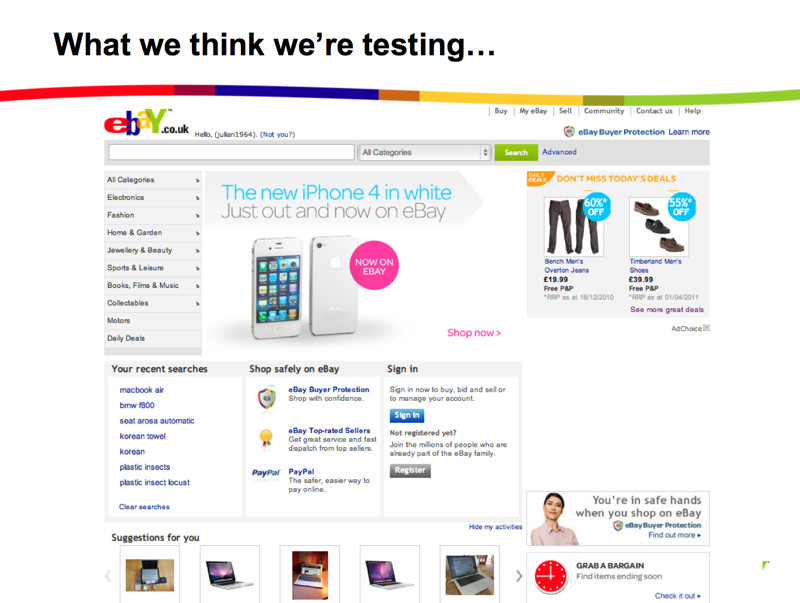My company is not an anti-automation place. In fact, one of the reasons they hired me was to bring in some expertise in test automation. The problem is that the current processes and procedures in place in the company do not currently have anything built in to allow for automation work.
The industry we service is highly regulated and so there is a need for very strict processes and procedures in order to satisfy both internal and external audits. Automation is definitely a good tool for regression testing and providing tests for data-entry intensive tasks. The problem is that the auditors need to be reassured that the automation that we are looking at creating provides the same assurance of proper functionality and security that a manual test does.
Does anyone have any experience with this sort of regulated industry and integrating automated validation and regression tests into the process? If so, I'd love to hear about how to go about it.
Edit based upon comment below: Just as clarification, the automation I'm working with is primarily automated regression and functional testing, many times operated through the UI but not limited to that. Regression and functional testing may also apply to testing of API's and WSDL's as well as testing of messaging and communication protocols, all of which are present within the regulated industry that I'm currently servicing.

